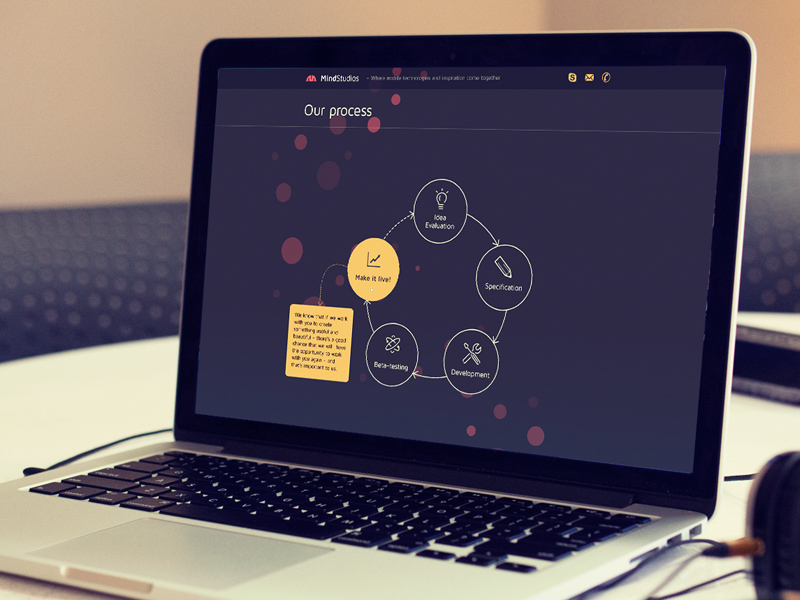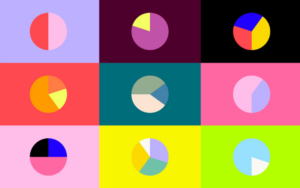User experience requires not only the involvement of resources in terms of technical and creative projects but also of the end users, who are at the core of that very system. Their needs are prioritized thanks to agile UX.
Table of contents
Why Agile UX Design?
Image source: Janko Jovanovic
There are three main purposes of the agile UX design process, and they are the following:
- Obtain a clear and crisp understanding of the purpose or strategy you will be undertaking for the development project
- Ensure that usability of your product is as improved as possible
- Make sure that the all of your users are highly satisfied
Many individuals and teams who have worked on multiple projects of this type have stated how successful they are by personally witnessing all the different benefits.
When UX design in agile development are used together, teams will be able to cooperate and validate the effectiveness of various solutions.
Check out this blog to get detailed insights about user experience design.
Projects Obtain More Value with User Experience
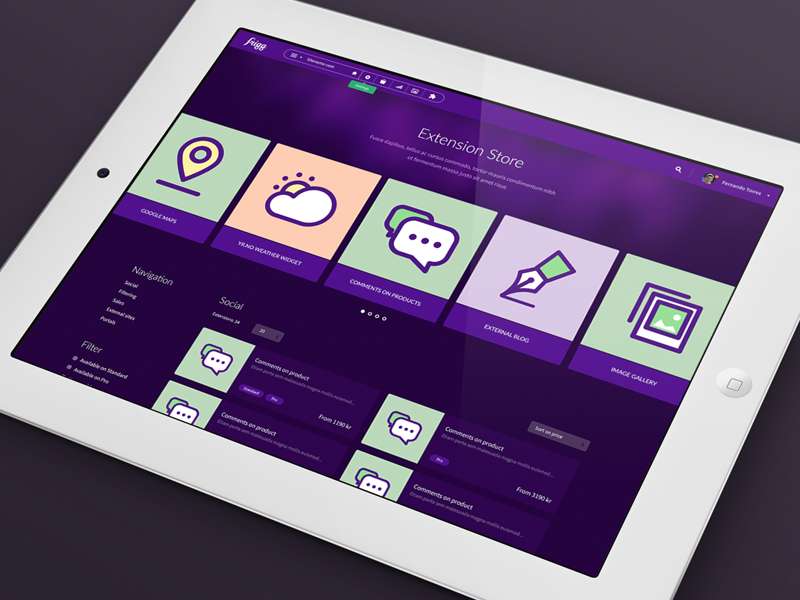
Image source: Jonathan Averstedt
User experience is often the first thing that is considered in the developing stage of a project. On the other hand, it can be extremely beneficial to utilize UX throughout the entire lifecycle of the project construction.
This will prevent the delivery of features that are likely to be dismissed by individuals despite being rather cutting-edge in nature.
Also read: How to use UX design to improve conversions
Design, Look for and Feel User Experience
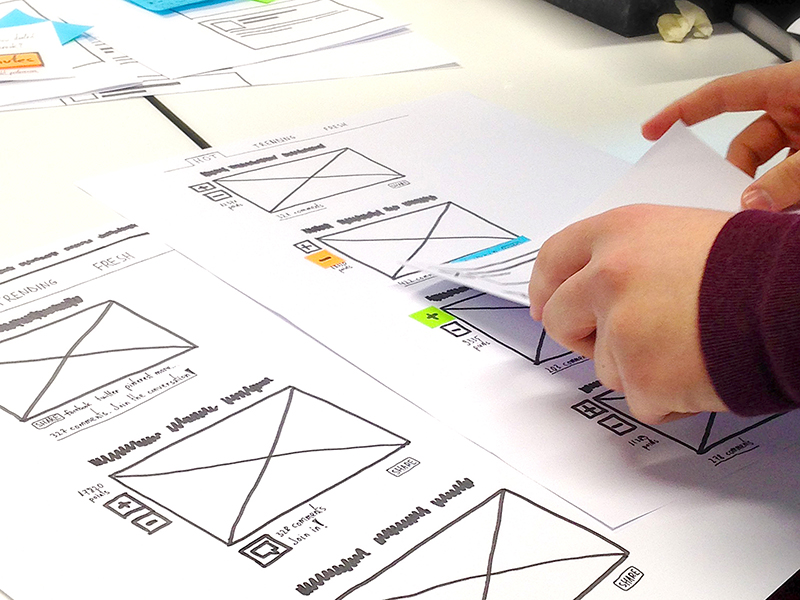
Image source: BBC UXD
UX prevents teams from jumping straight to discussing technical solutions and designs. Instead, time and consideration are taken to use a series of iterations and thus understand and explore any problems from your users.
User Experience can also extend beyond the basic design process to being a more analytical and technical activity. This means that UX can cover structured user tests. This is where various user behaviors can be observed.
These tests can come in the form of:
- Demonstrations of the system itself led by the project team
- Asking the general public to test a new system and provide honest feedback
- Laboratory-based observational testing, in which individuals are assigned specific tasks and their behavior is observed and noted written down
The result of the UX process itself is a series of prototype simulations. These are of what the final product is expected to be, with the overall goal to test the usability of a product before any tasks involving design and coding are undertaken.
Furthermore, these simulations are essentially mock-ups that are interactive in nature and act as reference points for the team. UX will also include paper and interactive prototypes.
A series of prototype simulations display what the final product is expected to be, with the goal to test the overall usability of a product before any tasks involving design and coding are undertaken.
They are essentially mock-ups that are interactive in nature and act as reference points for the team.
Also read: UX is Not Design
The Foundations of Agile User Experience

Image source: Frank Overland
There are three main foundations of the UX agile development process:
- Design thinking, which involves thinking like a designer while, at the same time, observing the likes, needs, and wants of various individuals
- Agile software development, which involves four core principles: interactions and individuals are more important than processes and tools; a working software is more important than comprehensive documentation; customer collaboration is more important than contract negotiation; responding to change is more important than following a specific plan
- Agile startup methods, which focuses on the overall fast learning of market response
Also read: How To Improve Your UX-Driven Designs With Functional Animations
Agile Development Using UX/UI Design
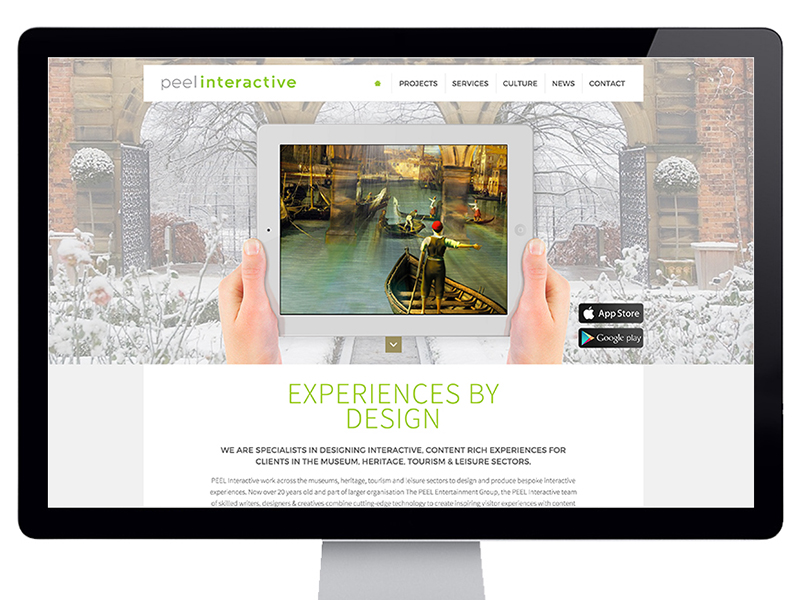
Image source: Charlie Hartley
User experience design is said to be rather different than the flow of UI design, as low-fidelity prototyping is utilized to assist with developing means for future implementations.
Moreover, there are plenty of increments and feedback is both quick and frequent, thanks to the implementation of rapid codes.
In the case of UX design, collaboration is high in number and quality, while UX research activities utilize spikes and the definition user story acceptance criteria entail UI design.
Design and Implementation are Centralized
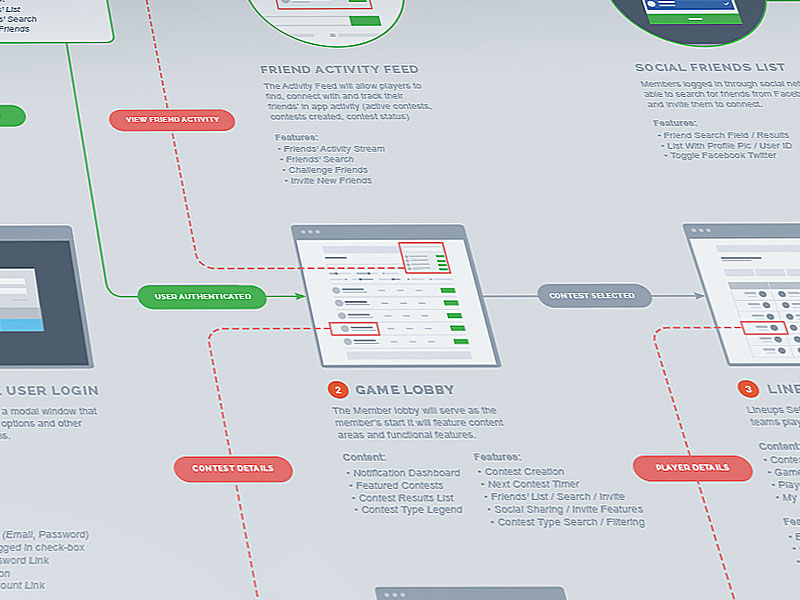
Image source: Michael Pons
If user experience development by itself is fully distributed to a team, the end result could be rather problematic, even though members may find it extremely attractive.
The end result of this often finds organizations creating a centralized user interface design team and iterating from the design team on an independent basis.
A team’s backlog will generally contain spikes regarding user experience, as well as other aspects involving related activities such as testing, implementation, and prototyping.
Also read: How To Design A UX-Driven Mockup
Agile And UX design : One Step Ahead of the Rest

Image source: Responsive Laboratory
Professionals who are experienced with UX are always taking the time to contribute to the design and development processes. These professionals are also responsible for planning different activities before the sprint.
This means that it is important for them to engage in tasks such as tackling designs and testing various types of assumptions ahead of all of the other members of their team.
In addition, these same team members can also engage in show-and-tell activities. And present ideas and concepts to both users and other fellow team members.
In this way, they make sure they have all of the necessary designs by the time the development process is ready to be launched.
Also read: Easy Ways to Engaging User Experience
Final Thoughts
As many different organizations continue to recognize and discover the benefits of agile in UX, the process itself will certainly continue gaining momentum.
This will require user experience professionals to adapt to this particular process. And learn as much as they can about it, without running the risk of being left behind. This process means much more than just being a thoughtful designer.
It is extremely important not only knowing all of your users, but also testing each assumption you have. Always keep track of the research you conduct on the process. And take the time to learn more from all of your users.
Credit for featured image: Max Snitser
Like this post? Check out more amazing web design content here.
